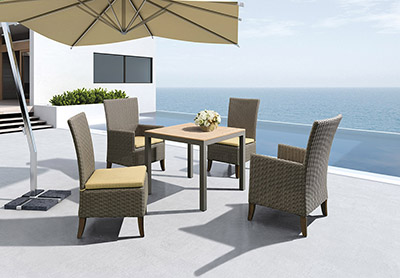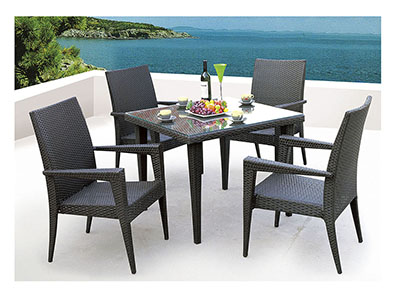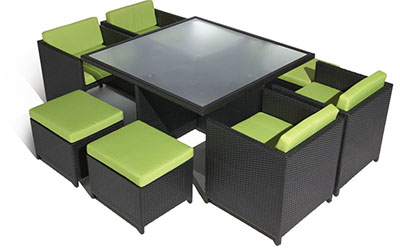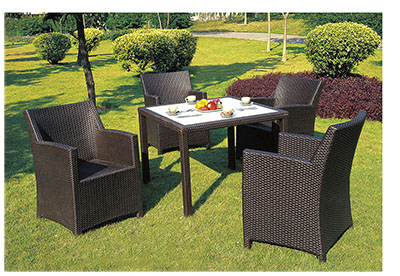Sustained economic growth and improved living standards have driven the printing demand in the Asia-Pacific region.
The Asia-Pacific region began to show signs of recovery after an economic twist, but rising raw material prices have greatly reduced profit margins.
According to Hisato Tanemura, DIC Asia-Pacific Marketing Director, “The industry has recovered from the market setbacks caused by the Iraq war and SARS in 2003. The overall situation in 2004 was good, but after the Midsummer industry profits were affected by soaring solvent prices. The source is of course rising oil prices. With the soaring prices of raw materials, the appreciation of the euro and the yen has also had an impact on the industry." However, the growth of the ink industry in the region has been good in the past year.
Henry Leong, president of Flint Asia, stated: "In general, except for India, the printing industry in Asia grew by 5%-6% in 2004. The main growth countries are China and Vietnam."
Saoshi INX’s general manager of international operations, Toshiyuki Sawada, said: "The growth of the ink industry in 2004 seems to exceed the GDP growth rate."
Coumara, General Manager of Micro Inks International Business & Corporate Communications
Radja said: “Because the major countries, India and China are a region as a whole, the growth of the printing industry is better than that of Europe and the Americas. The significant increase in the GDP of India and China has created the conditions for the growth of the printing and printing ink industry. Printing ink industry The growth rate in these two countries is almost 7%-9%."
Radja believes that India and China have experienced the greatest growth. He said: "In fact, China's GDP grew by 9.25% in the first quarter of this year, and India continues to maintain over 7%.
The rate of GDP growth has also attracted worldwide attention. â€
Tanemura said: "India's economic growth in 2004 was about 6%, but its printing ink industry achieved double-digit growth rates, with packaging and newspaper printing the strongest growth."
Except for China and India, the growth rate of other countries is also very strong, but Tanemura stressed that China and India rose the most, followed by Thailand and Vietnam.
Leong said: "Last year, Vietnam's GDP growth was about 10%, and foreign investment has increased a lot. These factors have contributed to the rapid development of Vietnam's printing industry."
When it comes to growth, the Japanese market is mixed. Tanemura said: "With the recovery of Japan's economy, in 2004, the rotary offset printing market was mainly due to the small increase in newspaper and bulk printing. The sheetfed market continued to shrink by 2%-3% in 2004, and the liquid ink market was relatively better."
Sawada said: “In Japan, commercial printing has the best performance, metal decorative printing has decreased in the opposite direction, and gravure and flexo packaging have increased. The reduction in metal decorative printing is due to the fact that beverage cans are gradually being replaced by PET bottle gravure printing.â€
Radja said that the Australian economy has performed well in the past year. Radja said: "The printing industry has been very stable in 2004, but compared with the trend of the past few years, we have noticed that many printing activities are shifting to more economical overseas markets such as Singapore, Thailand and Hong Kong. This will give medium-sized printing companies We have also seen mergers and acquisitions and integration between companies, and as a result, large-scale printing companies have gained market share by buying small-scale printing plants, thus consolidating their position. Medium-sized printing plants are always at the forefront of big manufacturers and small factories are low. Under the dual pressure of cost."
Tanemura said: "Last year due to the appreciation of the Australian dollar, the industry lost some of its overseas orders, which caused the printing industry to stagnate in 2004. The sheetfed market suffered the most damage and demand fell by more than 5%."
Radja pointed out that due to intense competition, ink suppliers are under great pressure, especially on sheetfed inks.
Radja said: "The sheetfed printing market is dominated by DIC, Toyo, Sikhbaa, and several other market share ink companies such as Hostmann Steinberg Printing Ink, Sakata Ink, Japan T&K Toka, India Micro Ink, Inctec, and Rich. Lint has a monopoly.
Square aluminum Patio Dining Set are welcome four place settings and with hand rattan weaving rattan, to make your life different and special. You can choose different size and color to decorate your dining and garden.
The quality is last year in, year outside for at least two years.
Durable powder-coated aluminum to resist corrosion year after year
Accommodates up to nine place settings very comfortably
Pair with handwoven wicker Beaumont Dining Collection, which includes armchairs, corner, right-facing and left-facing loveseat.
· RUST-FREE ALUMINUM FRAME
· ALL-WEATHER HANDWOVEN WICKER
· HIGH UV RESISTANT WICKER
· EASY TO CLEANAND CARE
· 100% WATERPROOF FABRIC
· 2 YEAR WARRANTY




About us:
1.our factory is more than 20000 square meter big.
2. Our showroom is about 800 square meters.
3. we have professional sale team and more than 200 workers.
4. The capacity of our factory is 60 containers/month.
5. we attended CIFF furniture fair and canton fair.
Welcome your inquiry for further discussion.
Square Patio Dining Set,Wicker Square Dining Set,Outdoor Square Dining Set,Garden Square Dining Set
Golden Eagle Outdoor Furniture Co., LTD. , https://www.gebarset.com